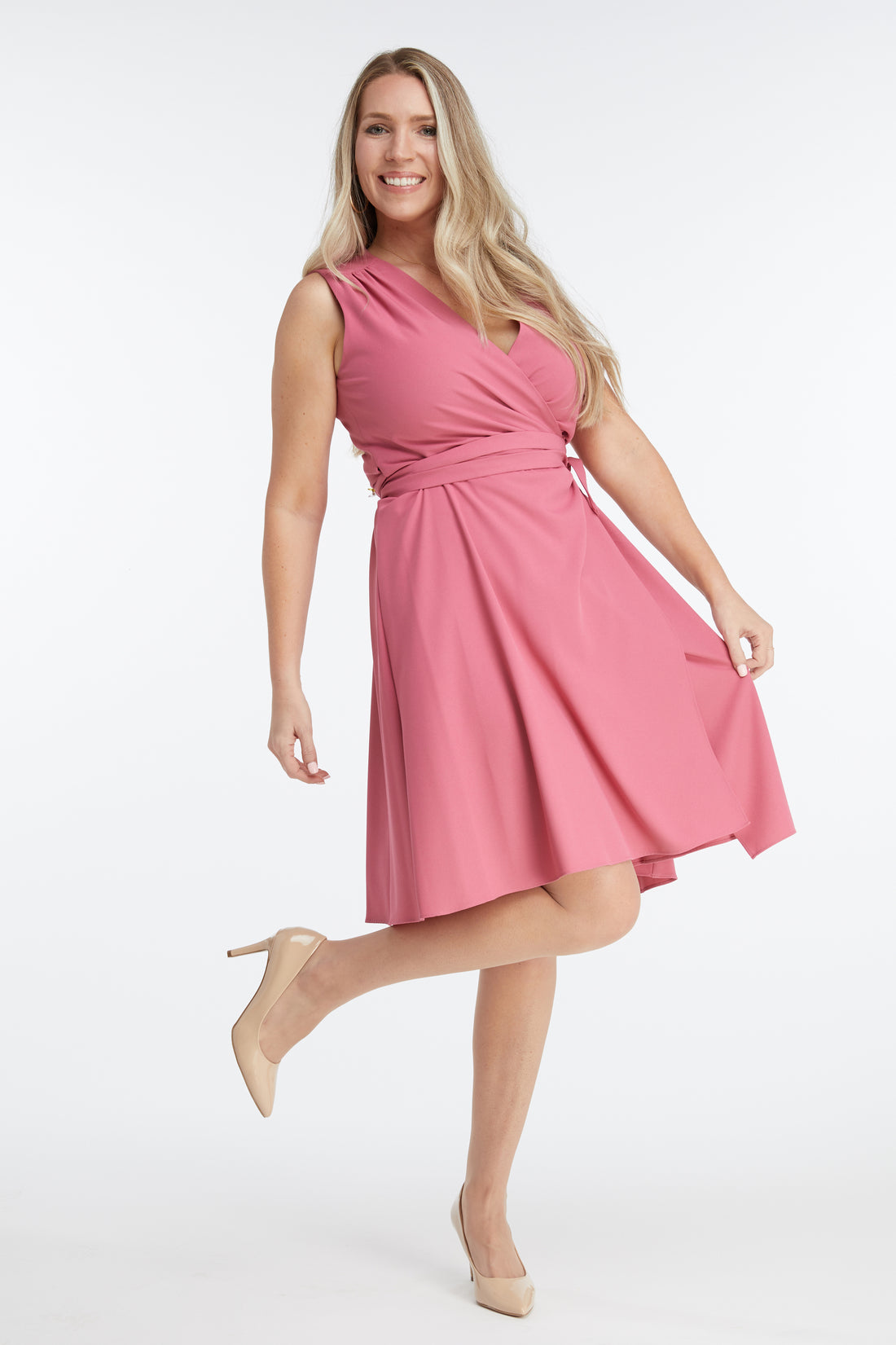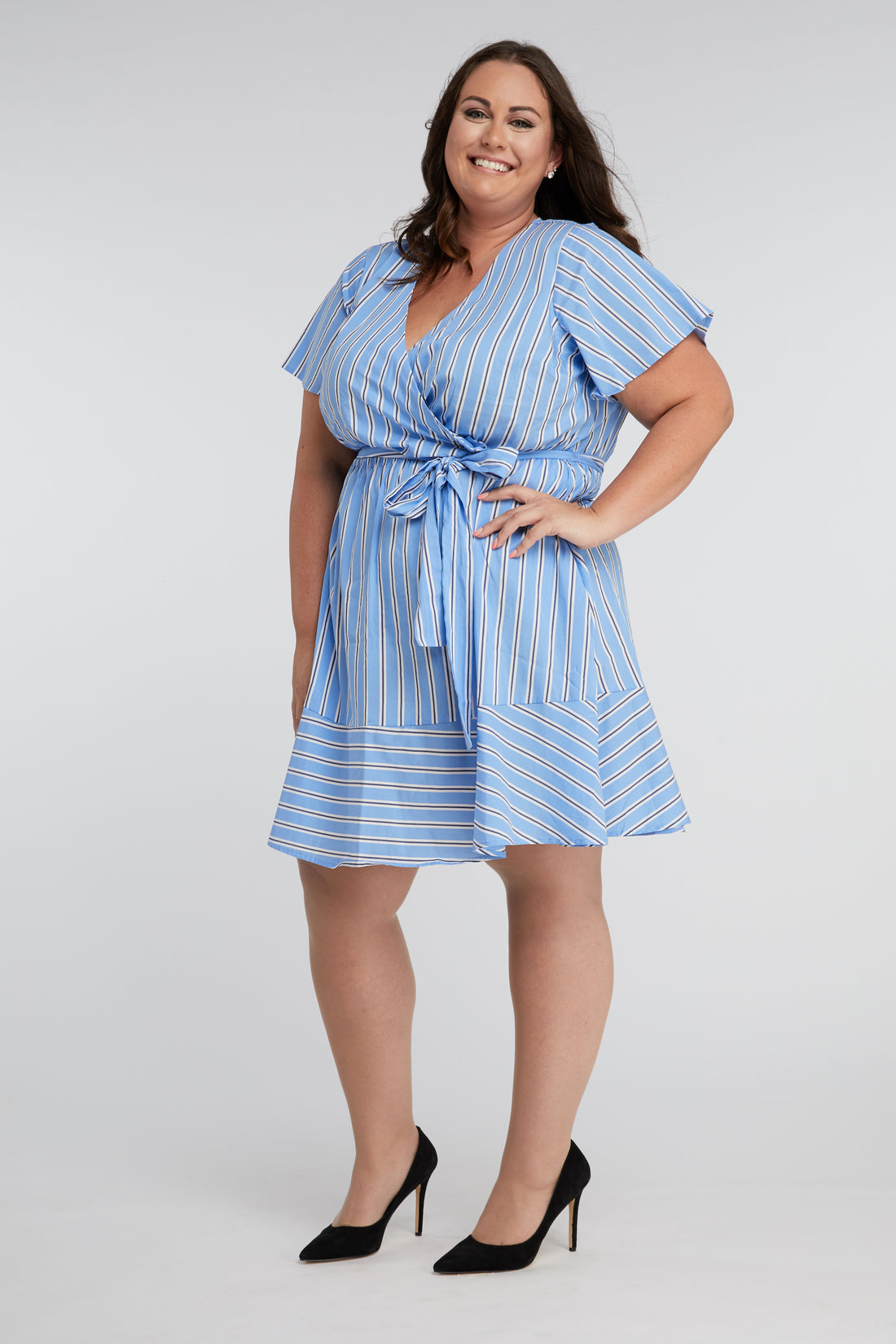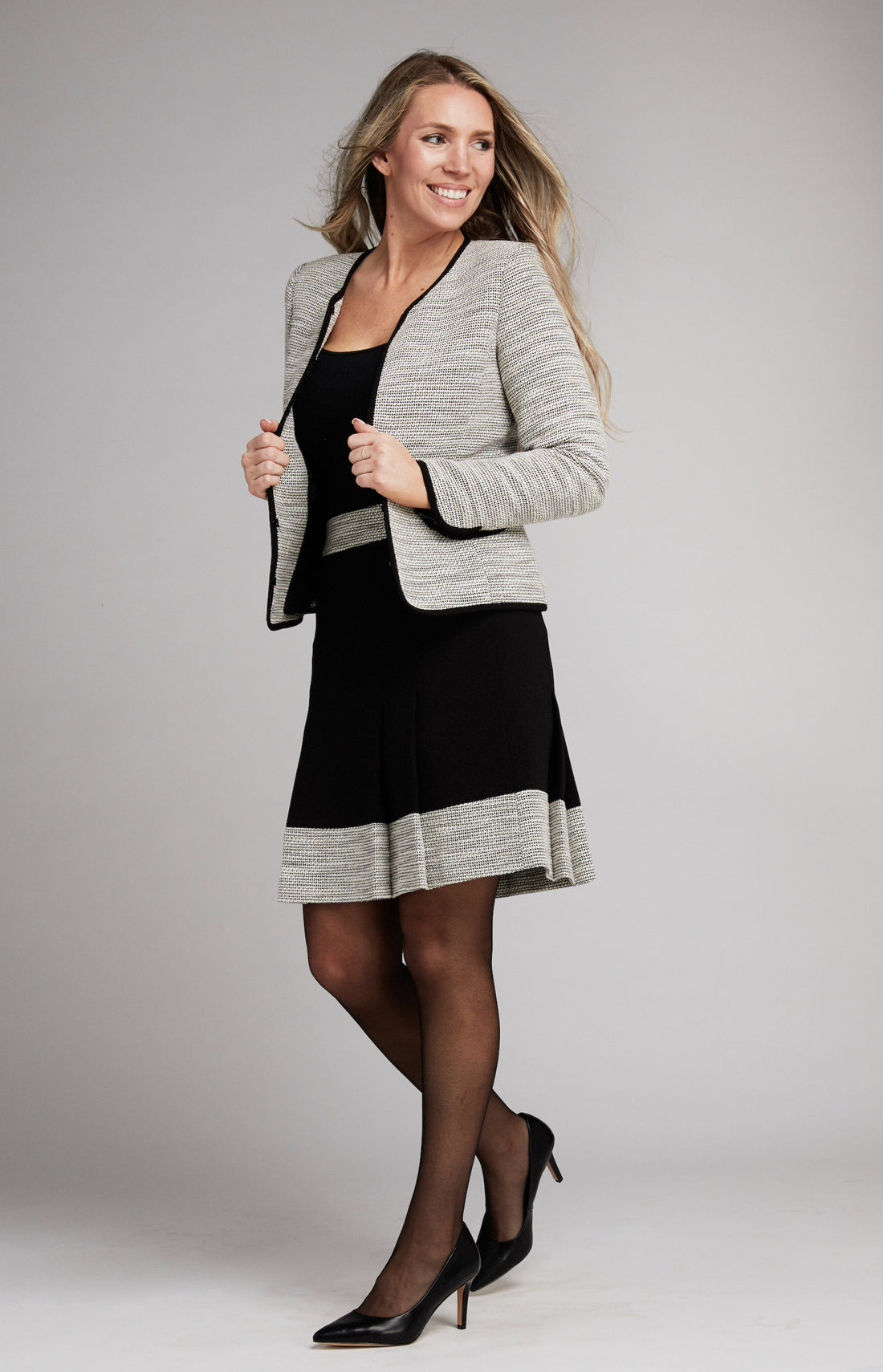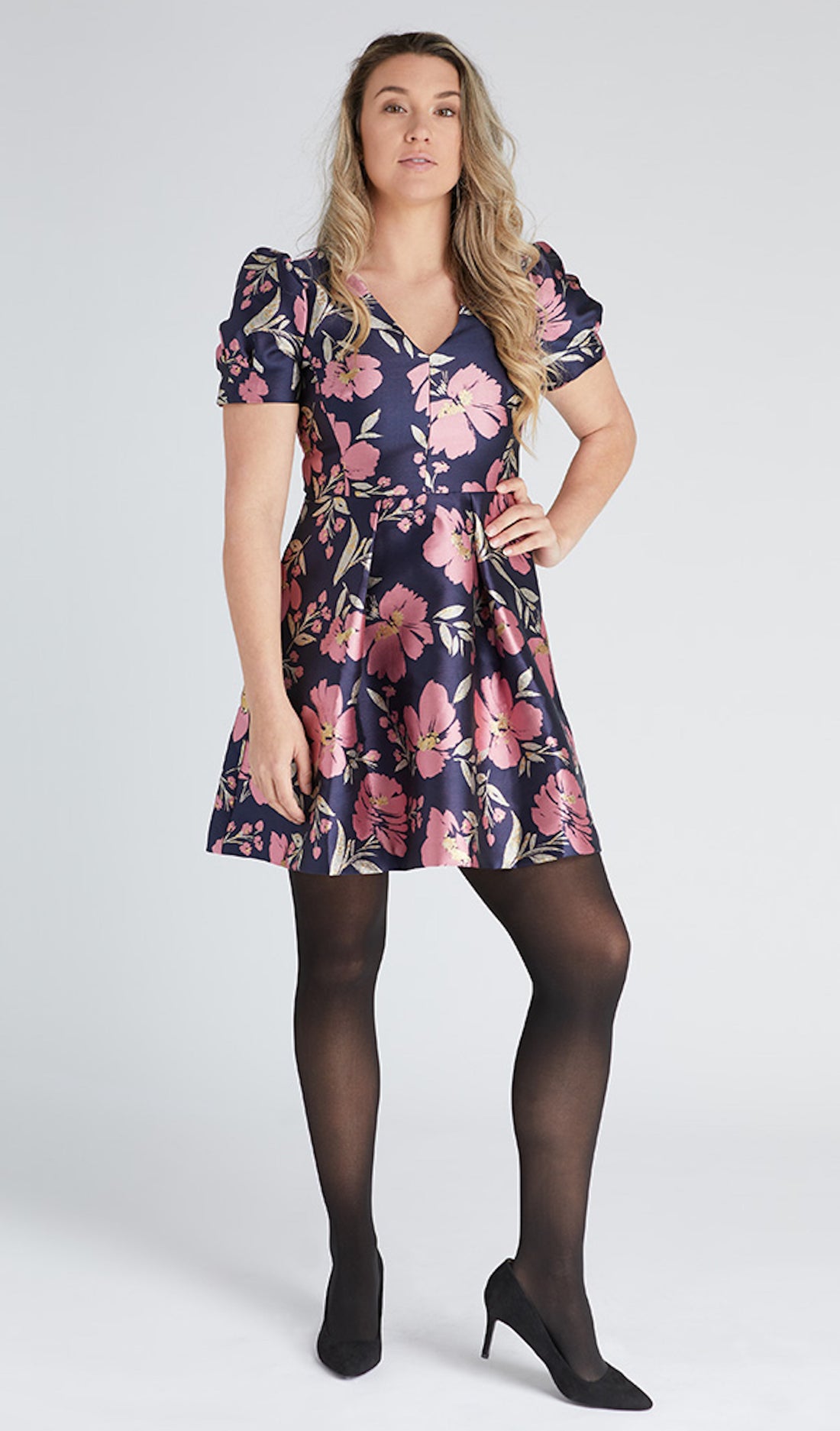
Pantyhose are a type of close-fitting legwear that cover from the waist to the toes. They differ from stockings, which only cover the legs up to the thigh. The name itself comes from a combination of “panties” and “hosiery.”
Today, pantyhose are worn in professional, formal, and fashion-forward contexts — from job interviews to weddings, or simply to add polish to an outfit. They can be both practical and stylish, offering warmth, leg-smoothing confidence, and even health benefits like light circulation support (Everyday Health).
But pantyhose also have a fascinating history. Let’s explore their origins, evolution, and modern-day appeal.
Where Did Pantyhose Come From?
Legwear has existed for thousands of years — even the Ancient Egyptians used woven socks. But the fashion we now associate with pantyhose began with stockings in the 16th century. Because stockings were hand-knitted, they were worn mostly by the wealthy.
That changed in 1589 when William Lee invented the frame knitting machine. Stockings became easier to produce, and by the 1900s, they were primarily worn by women as a symbol of modesty and elegance.
How Did Pantyhose Evolve in the 20th Century?
By the 1920s, stockings were embraced by flappers who paired them with shorter hemlines. These stockings required garter belts to stay in place. But during World War II, silk shortages forced women to donate hosiery for military parachutes. Some improvised by painting “liquid stockings” on their legs.
After the war, DuPont introduced nylon as a revolutionary new textile, making hosiery more affordable and accessible. By the 1950s and 60s, rising hemlines and demand for comfort led to the invention of pantyhose — combining panties with stockings in one garment.
Why Do Women Still Wear Pantyhose Today?
Pantyhose remain popular for their versatility and benefits:
- Style: They provide a smooth, polished look for formal events and professional settings (WhoWhatWear).
- Comfort: Sheer pantyhose can help prevent chafing and make shoes fit better.
- Confidence: They act like makeup for your legs — hiding blemishes, bruises, or uneven tones.
- Warmth: Lightweight coverage adds comfort during cooler seasons.
- Support: Some pantyhose improve circulation and reduce leg fatigue (Cleveland Clinic).
For a deeper dive into modern pantyhose trends, see our blog on Do Women Still Wear Pantyhose?
Modern Trends: From Fashion Icons to Everyday Wear
Today, pantyhose aren’t just a formality — they’re a fashion statement. Celebrities like Princess Kate Middleton have helped revive hosiery’s popularity. Runways feature sheer and patterned styles, while workplace fashion still embraces classic black and nude sheers.
Men have also entered the trend with “mantyhose” — pantyhose designed for men, offering warmth, support, and style. While niche, it reflects the garment’s growing inclusivity and utility.
For styling tips, check out 5 Ways to Wear Black Sheer Pantyhose.
FAQs About Pantyhose
Are pantyhose still fashionable?
Yes. Pantyhose are back in fashion thanks to their versatility, with designers and celebrities regularly showcasing them.
What’s the difference between pantyhose, tights, and stockings?
Pantyhose are sheer and cover from waist to toes. Tights are thicker and warmer. Stockings cover the legs only and require a garter belt.
Are pantyhose good for circulation?
Yes. Many pantyhose offer light compression that can reduce leg fatigue and improve circulation.
What’s the best color pantyhose to wear?
Nude sheers match your skin tone for a natural look, while black pantyhose offer elegance and versatility. Explore our guide to the best tights by category.
Do men wear pantyhose?
Yes. Men’s pantyhose (“mantyhose”) are used for fashion, warmth, and athletic support.













